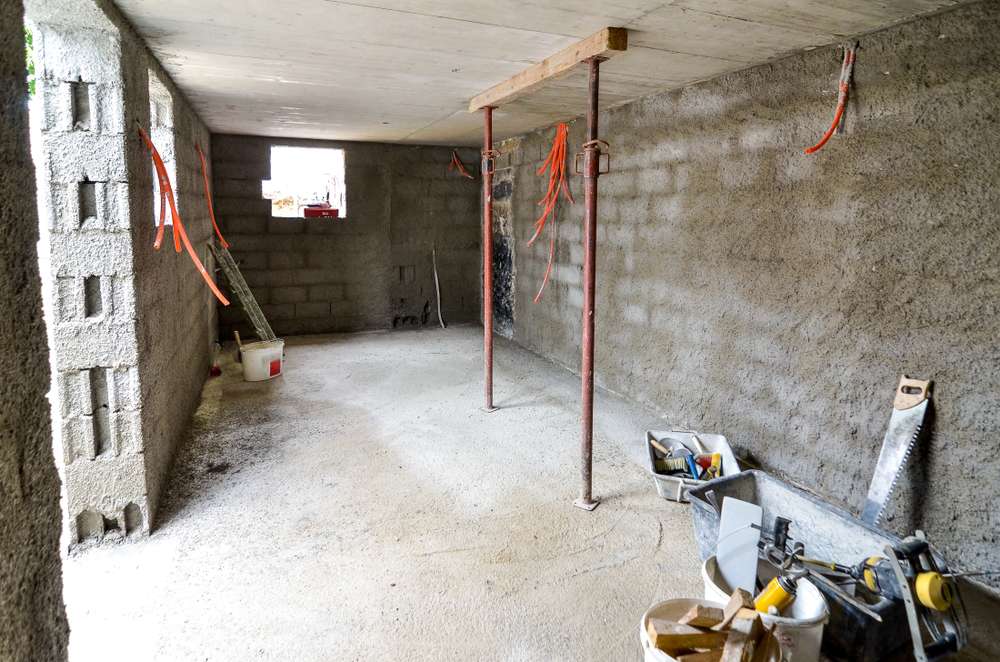Understanding Concrete Crack Repair: Methods, Assessment, and Solutions
Concrete cracks can compromise the structural integrity of buildings, driveways, and foundations if left unaddressed. These fissures may appear due to various factors, including settling, temperature changes, or excessive weight. Understanding how to properly assess and repair concrete cracks is essential for maintaining the longevity and safety of concrete structures.

How to Assess the Severity of Concrete Cracks
Proper assessment of concrete cracks involves examining their width, depth, and pattern. Hairline cracks (less than 1/8 inch wide) typically indicate normal settling or curing processes. However, cracks wider than 1/4 inch or those displaying horizontal movement may signal serious structural issues. The location of cracks also matters - those near joints or corners often require different repair approaches than those in the middle of a concrete surface.
Methods Available for Fixing Concrete Cracks
Several repair methods exist depending on crack characteristics. Epoxy injection systems work well for structural cracks, while hydraulic cement is suitable for active water leaks. Surface sealants and patching compounds address superficial cracks effectively. For deep or wide cracks, polyurethane foam injection provides both filling and stabilization properties. Each method requires specific preparation and application techniques to ensure lasting results.
Popular DIY Approaches to Concrete Repair
Homeowners can address minor concrete cracks using readily available materials. Concrete patching compounds, which come in ready-to-mix formulations, work well for surface-level repairs. Vinyl concrete patching material offers flexibility for areas subject to temperature changes. For narrow cracks, masonry crack filler applied with a caulking gun provides a practical solution. However, proper surface preparation, including cleaning and chiseling the crack, remains crucial for successful DIY repairs.
Professional Concrete Repair Solutions
Professional intervention becomes necessary for structural cracks, foundation issues, or when DIY methods prove insufficient. Professional services typically include:
| Service Type | Application Method | Typical Duration |
|---|---|---|
| Epoxy Injection | Pressure-injection system | 1-2 days |
| Hydraulic Cement | Trowel application | 2-4 hours |
| Polyurethane Foam | Deep injection process | 4-8 hours |
| Crack Stitching | Steel or fiber reinforcement | 1-2 days |
Prices, rates, or cost estimates mentioned in this article are based on the latest available information but may change over time. Independent research is advised before making financial decisions.
When to Seek Professional Help
Certain situations warrant professional expertise rather than DIY solutions. These include:
-
Cracks wider than 1/4 inch
-
Multiple cracks forming patterns
-
Foundation-related cracks
-
Water seepage issues
-
Cracks accompanied by soil settlement
-
Structural cracks in load-bearing walls
Concrete crack repair requires careful assessment and appropriate method selection. While minor repairs can often be handled through DIY approaches, significant structural issues demand professional expertise. Regular monitoring and prompt attention to emerging cracks help prevent more extensive damage and ensure the longevity of concrete structures.






